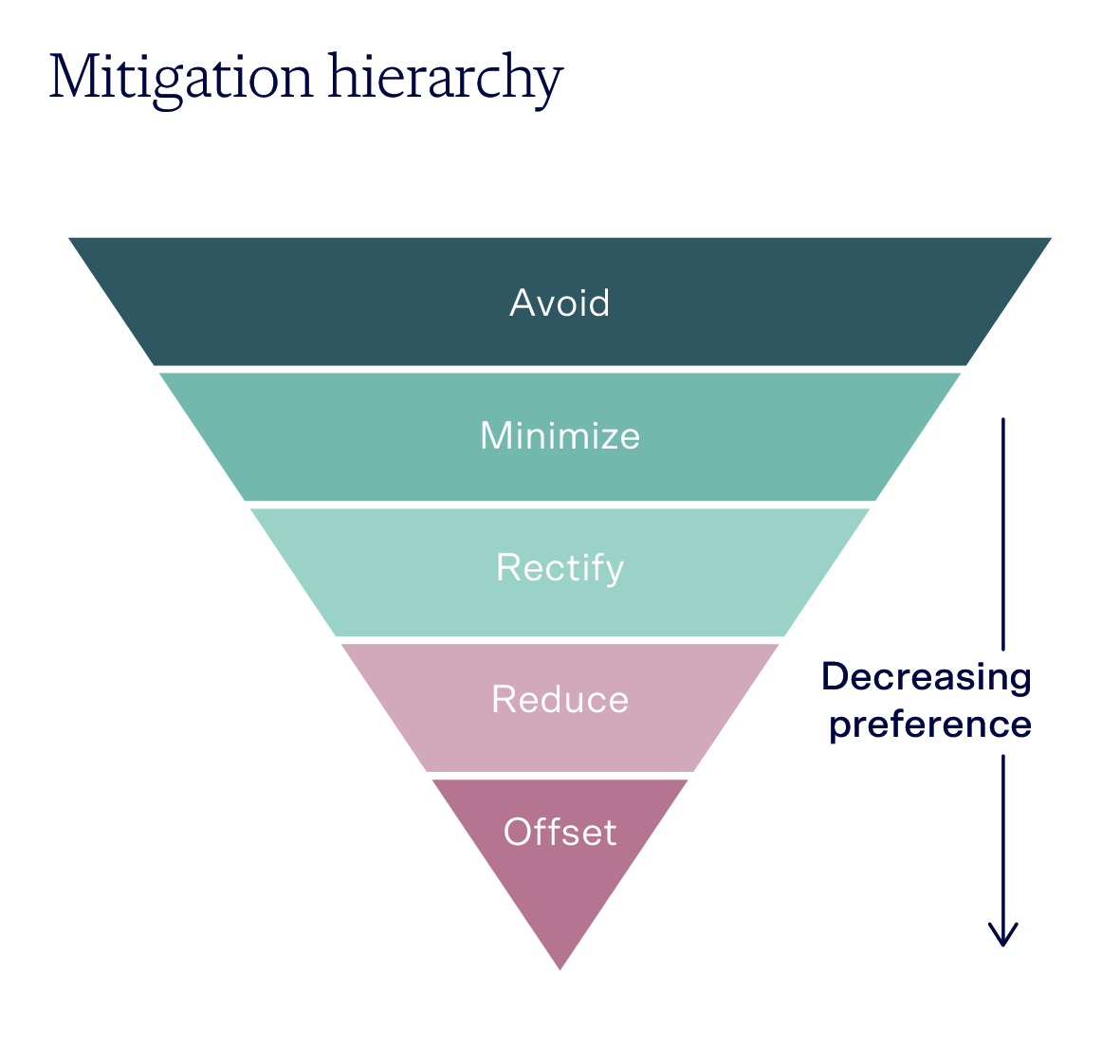The voluntary carbon market (VCM) is an effective means to reduce net carbon emissions by driving finance to projects that deliver independently verified emissions reductions. It also enables companies to achieve ambitious climate goals by complementing their internal process to reduce emissions with the purchase of carbon credits, used to offset their currently unavoidable emissions.
A carbon credit or carbon offset represents the permanent removal of a tonne of CO2 from the atmosphere or the reduction or prevention of one tonne of CO2 from being emitted. Technically, a carbon credit is what has been generated, and an “offset” is for when the credit has been retired by a company offsetting their own emissions, but the terms are often used interchangeably.
Now entering a period of sustained growth, we are at a major tipping point for the VCM. At this pivotal moment, it is more important than ever that carbon credits are supplied and used with utmost integrity.
Carbon credits: Guaranteed integrity
As the VCM grows, so too does the standard of regulation and verification. You may have come across the phrase, ‘Verified emission reductions (VERs)’. This refers to a reduction in CO2e from a project that is independently verified against a third-party certification standard. This type of verification is increasingly expected and enforced by both buyers and suppliers. Indeed, rigorous standards to assess carbon stocks, project permanence and additionality are imposed by leading certification agencies such as Verra and Gold Standard.
To be effective, carbon credits must represent a genuine reduction or avoidance of emissions. This means that the underlying activity which produced the carbon credit would not have taken place without carbon revenue. In the VCM, this is known as additionality. It is also essential that carbon credits represent emission reductions that are long-lasting. To achieve this, carbon projects should not release all credits to the market. Instead, some should be retained as a ‘buffer’ to insure against potential destruction or loss.
It is therefore essential to monitor additionality and permanence. In this regard, improvements to scientific methodologies and technologies have greatly benefited the VCM. For example, drone technology has made the surveillance of forest conservation projects more cost and time efficient. Working together, cutting edge technology and regular project verification increasingly guarantees the integrity of carbon credits.
The future is high quality
Across the VCM, industry stakeholders are constantly pushing for higher standards. One example is the new Integrity Council for the VCM which is working to set and enforce definitive global threshold standards for high-quality carbon credits.
These measures are of critical importance. For environmental and social impacts to be genuine, the supply and demand of carbon credits must be high quality. In line with various industry standards initiatives, such as the Voluntary Carbon Markets Integrity Initiative (VCMI), Respira emphasises the necessity for companies to avoid or reduce their own supply chain emissions before investing in carbon credits. Carbon credits are not a substitute for direct value chain emissions reductions. However, where mitigation strategies take time to deliver, high-quality credits can create impact immediately. Used responsibly, they can compensate for currently unavoidable emissions along a company’s pathway to net-zero. We work to ensure that high-quality, additional, independently verified products are available in the market.
Share this article



